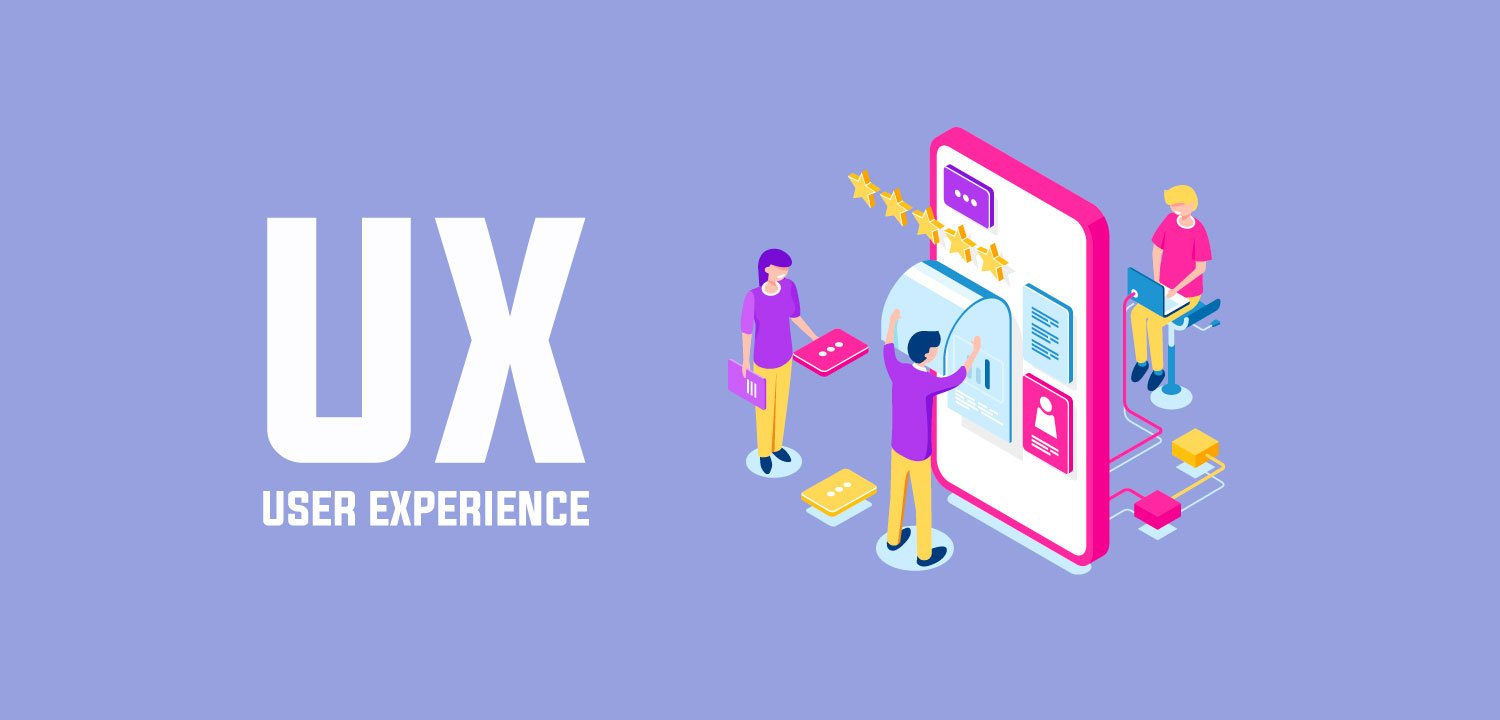Introduction to the UX Design Course
Picture this: a structured program that equips you with the skills and knowledge to craft seamless, user-friendly digital experiences. That's what a UX design course is all about. Whether you're an aspiring designer, a career changer, or a professional seeking to level up, these courses offer a well-rounded education to help you succeed in the dynamic realm of UX design.
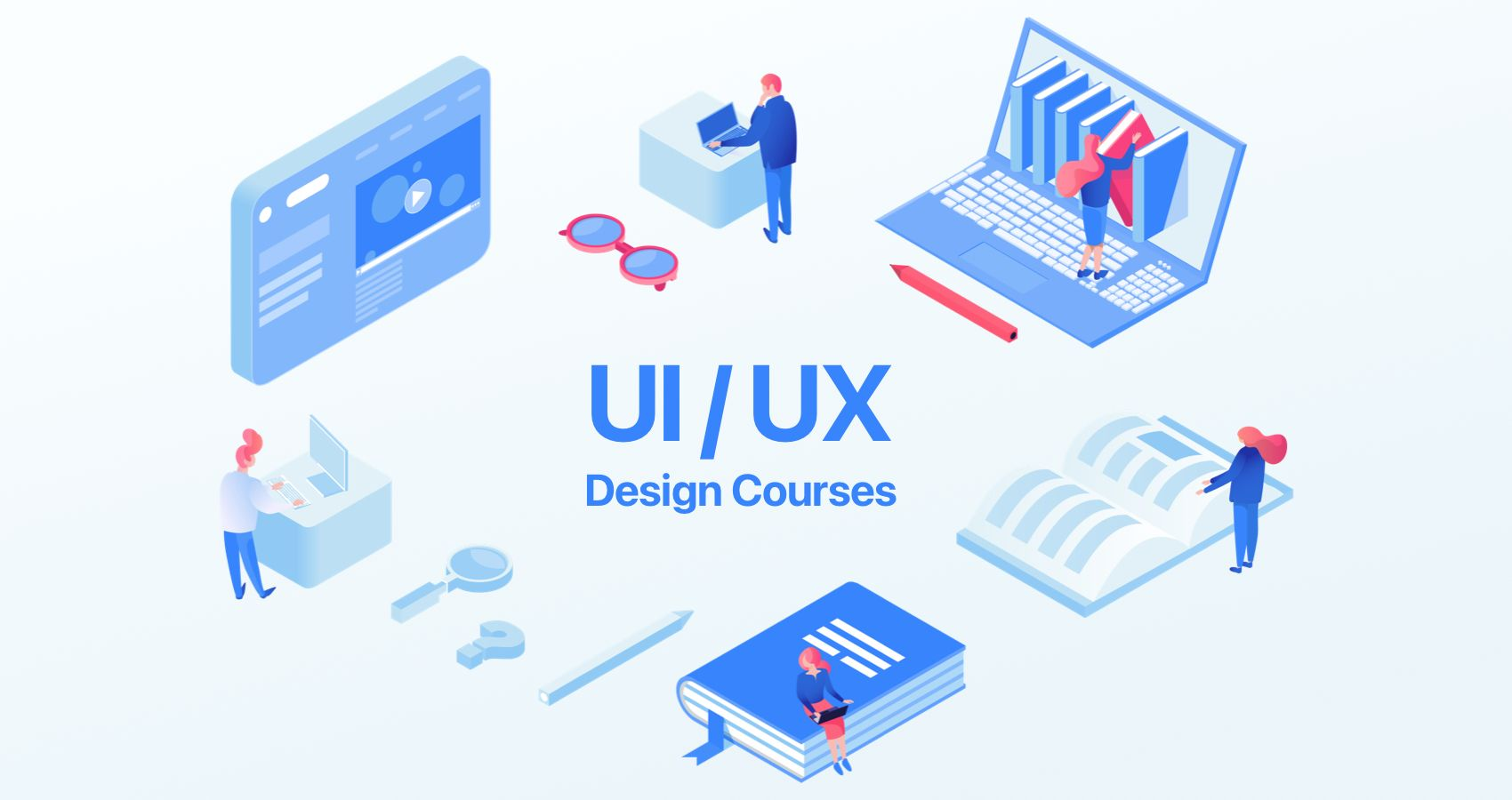
What's on the Curriculum?
Module 1: The UX Design Journey
- Getting to Know UX: A deep dive into what UX design is all about and why it matters.
- The UX Design Process: An exploration of the iterative design journey, including research, prototyping, and testing.
- Tools of the Trade: Introduction to essential UX design tools like Adobe XD, Figma, and Sketch.
Module 2: Understanding Your Users
- Meet the Users: Creating detailed user personas to understand your target audience.
- Conversations That Matter: Techniques for conducting effective user interviews.
- Putting It to the Test: Learning how to evaluate and enhance designs through user testing.
Module 3: Crafting the Blueprint
- Information Organization: Mastering the art of structuring content for clarity and easy navigation.
- Sketch It Out: Creating low-fidelity prototypes to visualize design structure.
Module 4: Interaction Magic
- Prototyping in Action: Building clickable prototypes using tools like InVision or Marvel.
The Dance of Design: Crafting micro-interactions and user flows for a delightful experience.
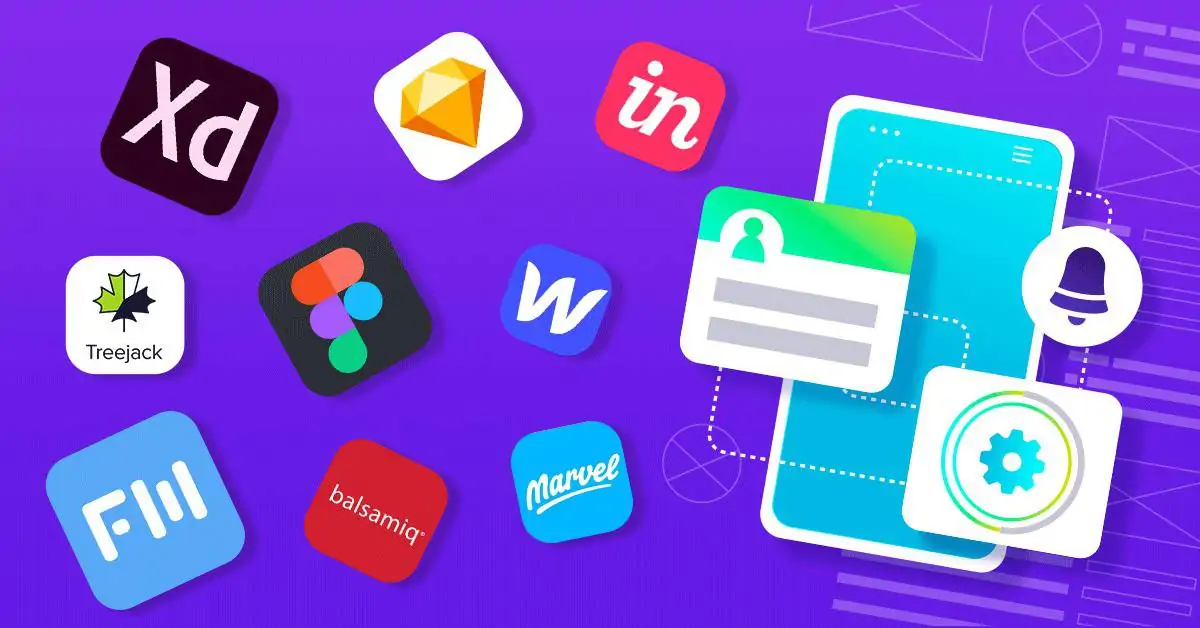
Module 5: Aesthetic Excellence
- The Art of Color: Unraveling the psychology of color and its impact on user perception.
- Typography Matters: Selecting fonts and mastering typography principles for effective communication.
- Iconic Design: Creating icons and visual elements that captivate and engage users.
Module 6: Learning from Users
- Putting It to the Test (Again): Conducting usability tests to validate design choices.
- Listening to Feedback: Incorporating user feedback into your design journey.
- Design for All: Ensuring designs are inclusive and adhere to accessibility standards.
Module 7: Showcasing Your Talent
- Crafting a Portfolio: Building a compelling portfolio that showcases your UX design prowess.
- Prepping for Success: Getting ready for job interviews and presenting your portfolio with confidence.
Module 8: Industry Insights
- The Real UX World: Insights from experienced UX designers through guest speakers and case studies.
Career Opportunities: Exploring potential career paths in UX design, including freelancing and traditional job roles.

What Do You Need to Get Started?
You might be wondering what prerequisites are necessary to embark on this exciting journey. Here's the lowdown:
- Tech Savvy: Basic computer skills are a must. You should be comfortable with operating systems and software usage.
- Design Sense: While not mandatory, having a grasp of design principles (like balance, contrast, and alignment) can be beneficial.
- Critical Thinking: UX design demands analytical thinking and problem-solving abilities.
- Curiosity: You need a genuine interest in understanding user behavior and finding solutions to their problems.
- Communication Skills: UX designers must communicate ideas effectively with team members and users.
- Empathy: Understanding and empathizing with user needs and frustrations is at the core of UX design.

Where to Go Next?
Completing a UX design course is just the beginning. To stay on the cutting edge, consider these additional resources:
Read Up: Dive into books like "Don't Make Me Think" by Steve Krug, "The Design of Everyday Things" by Don Norman, and "Seductive Interaction Design" by Stephen Anderson.
Join the Conversation: Participate in online forums and communities like UX Stack Exchange, Behance, or Dribbble to connect with professionals and seek advice.
Get Certified: After your course, explore certifications like Certified Usability Analyst (CUA) or User Experience Professional (CUXP) for added credibility.
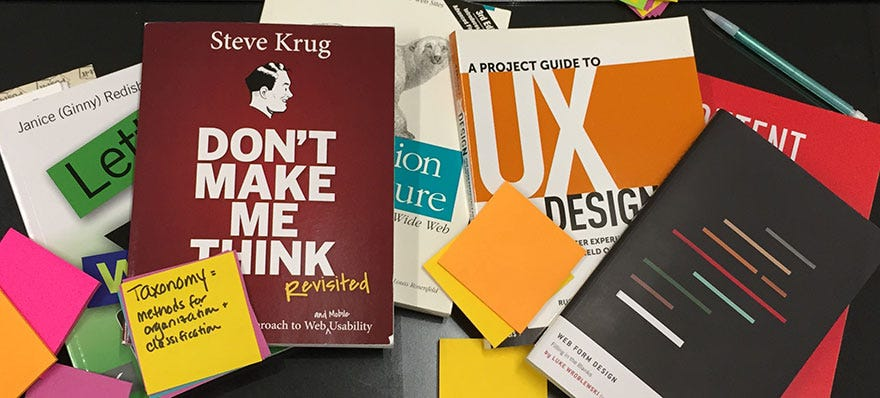
Here are three reputable schools or institutions that offer UX design courses and often provide assistance with employment opportunities:
- General Assembly
Course: General Assembly offers a User Experience Design Immersive program that covers all aspects of UX design, from user research to prototyping and user testing.
Employment Assistance: They have a strong network of industry partners and often host hiring events to connect students with potential employers. General Assembly also provides career coaching and job placement assistance.
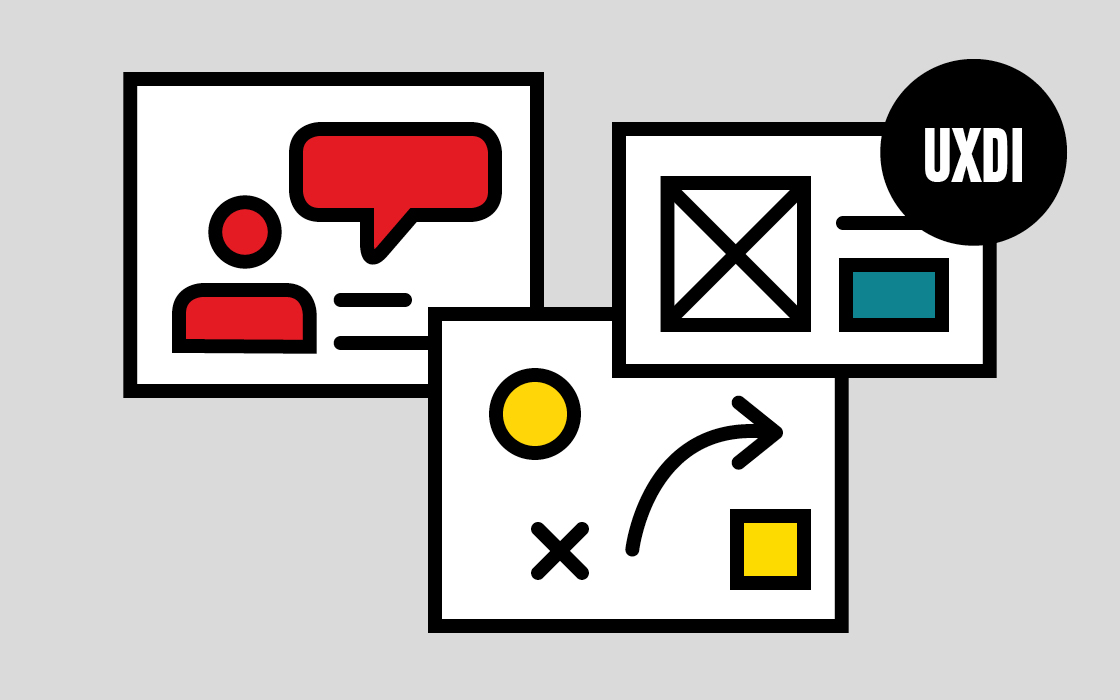
- Nielsen Norman Group (NN/g)
Course: NN/g offers various UX training courses and certifications, including the UX Conference, UX Certification program, and Intranet Design Annual. These courses cover UX research and design extensively.
Employment Assistance: While they don't directly provide job placement services, the certification and training from NN/g are highly regarded in the industry and can enhance your employability.

- Interaction Design Foundation (IDF)
Course: IDF offers an extensive library of online courses and articles covering a wide range of UX and interaction design topics. They have both free and paid membership options.
Employment Assistance: While they don't offer job placement services, the knowledge and skills gained through IDF courses can help you build a strong portfolio and increase your chances of finding UX design job opportunities.

A UX design course is your gateway to a rewarding and dynamic career. When considering a UX design course and assistance with employment, it's essential to research each school or institution thoroughly, including their course offerings, student reviews, and any job placement or networking opportunities they provide.
With a structured curriculum, hands-on projects, and a commitment to continuous learning, you can master the art of UX design and create digital experiences that truly resonate with users. Whether you're just starting your journey or looking to enhance your skills, the world of UX design is waiting for you to make your mark.

